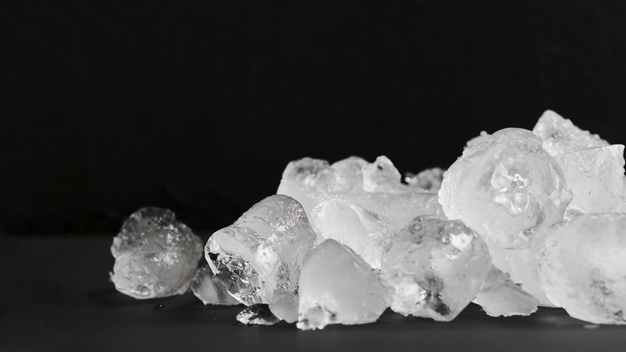One of the best muscle recovery methods
Whole body cryotherapy (WBC) was created in 1978 in Japan by Dr. Yamaguchi: it involves placing the person in a ventilated chamber (only the head is outside) and blowing around the body a very dry airflow, cooled with liquid nitrogen. The session lasts a maximum of 3 minutes—beyond that, there is a risk of burns. The air blown is at approximately -140°C. What’s the result? The external skin temperature drops to around 6°C and the body’s internal temperature drops up to -1°C.
The thermal shock would trigger different physiological reactions beneficial to the body: increased blood flow to the muscles, improved oxygenation, and elimination of waste. Furthermore, the cold stimulates the hypothalamus (a part of the brain), which promotes the release of several hormonal, protein, and immune substances, and relieves pain.
What is the impact on the body?
This sudden thermal shock (but painless and without side effects!) has several effects on the body:
• Better blood circulation (blood vessels contract under the effect of cold and then dilate once the session is over).
• Pain relief action (skin receptors are “anesthetized,” nerve impulses of pain are slower), ideal for inflammatory conditions (arthritis, osteoarthritis, ankylosing spondylitis…).
• Micro-healing of muscles. And preparation and sports recovery (muscle soreness, tendinitis, fatigue…).
• Release of endorphins (the famous feel-good hormones!).
• Release of anti-inflammatory molecules.
• Emotional and psychological issues (stress, concentration, sleep disorders, anxiety, mood disorders…).
Cryotherapy has many benefits, but it is not recommended for certain conditions or states, such as: pacemaker, arteriopathy, renal colic, cardiac arrhythmias, pregnancy, cancer, hypothyroidism, blood coagulation disorders, respiratory failure, or circulatory insufficiency.
What is the difference compared to ice baths?
Ice baths: Very cold water (7°C to 15°C) with no temperature control, for 15 to 20 minutes, but this does not improve circulation or increase oxygen in the blood. The immune system and endorphin release undergo no change, and the risk of hypothermia is high. The athlete must rest for 12 to 24 hours before resuming physical activity; muscle regeneration is not active, which will not prevent muscle soreness. There are undesirable side effects.
Whole Body Cryotherapy (WBC): in this case, it involves extremely cold air (-140°C to -196°C), with a recommended and accepted exposure time of 2 to 3 minutes. This 2-minute exposure leads to physiological and perceptual changes, which are potentially beneficial. This process involves lowering the skin temperature below +5°C, without affecting the internal body temperature (brain and internal organs). Cryotherapy increases circulation, hemoglobin, and oxygen in the blood. There is no risk of hypothermia. Due to the release of endorphins, the athlete can immediately resume physical exercise. Muscle regeneration will prevent subsequent pain and joint stiffness.
Recovery post-exercise
Muscle soreness usually occurs 24 to 48 hours after physical exertion. These painful sensations are due to micro-tears in the muscles. To recover, athletes used to apply ice locally or take ice baths for 10 to 20 minutes.
An Australian study, published in the International Journal of Sports Medicine in 2017, demonstrated that pain post-exercise in athletes was reduced by 80% after using cryotherapy. Researchers also found that athletes regained their capacities and their athletic skills improved.
How is a cryotherapy session conducted?
During a session in a cryosauna cabin, the person is in underwear. However, they wear gloves and socks because it is necessary to protect the hands and feet well since, under the effect of cold, blood leaves the extremities to concentrate on vital organs. The skin should not be wet, and piercings should be removed to minimize the risk of burns.
Then, to avoid sudden temperature changes, the athlete first goes through cold chambers of -10°C and -60°C. The patient is filmed throughout the session in each room, allowing continuous monitoring. The therapist regularly collects information about the sensations felt. During the session, the athlete must move continuously with regular, slow movements and deep breathing.
Finally, the athlete is covered and lies down for 30 minutes. Then the athlete can resume sports activities.
As you can see, cryotherapy is an important pillar for athletes, and numerous articles prove the effectiveness of cryotherapy. Even though, according to recent literature, physiological changes depend on the number of WBC sessions.


